If you Google the phrase “castigo maya” the top search results are a series of videos filmed in Guatemala. Topping the list is one posted by a Guatemalan TV news station in November 2014. It features Spanish subtitles and has been viewed 1.3 million times. The 6-minute video of a man being publically condemned and then whipped with branches for stealing a neighbor’s cow was more than I could watch.
While I am far from an expert on Mayan punishment, what I do know about the practice makes sense to me when thinking of how it was used by the ancient Mayans as a justice system. The lashes given in a public beating are called xik‟ayes and the number given for a crime bears cultural significance. The most common numbers being 9 and 13. Nine represents the 9 months of gestation, signifying that after the punishment the offender is re-born into a new and better person. Thirteen represents the levels of energy in the Mayan day. Another common punishment given was to shave the head of the offender so everyone in the Community could recognize the person as having committed a crime. Stripping of possessions, burning of homes and exile from the Community are other forms of punishment traditionally used in Mayan Communities.
I was initially surprised to learn that the practice of Mayan punishment continues today and -- if not explicitly supported -- is tolerated by the Guatemalan State. But after years of living in Guatemala, and coming to understand the lack of a functioning judicial system (according to Human Rights Watch’s World Report 2013: Guatemala, 98 percent of crimes in Guatemala do not result in prosecutions) and seeing repeated news reports of vigilante justice, it is less surprising to me now.
And while I still find the aspect of physical violence repugnant, I can understand how the traditional Mayan justice system is key in holding together indigenous communities in the face of challenges such as poverty, alcoholism and the lure of gangs. So while the public beating of the man in the YouTube video was hard for me to stomach, I imagine it served as a deterrent to him and many watching in the face of the alternative of no repercussions for his actions.
What saddens me deeply and what I have a harder time getting my head around are birth mother stories like that of Maria. Here is the story she told when found in 2010.
Three years ago all of the women who had given children in adoption in my Community were brought together by our Community leaders. The leaders questioned each of us individually. They wanted to know who had convinced us to place our children for adoption and if we had been paid. I told them it had been my decision and I was not paid, only given money to cover my transportation and appointments.
They told me that I would never know what happened to my child and that he might be dead and that I was a bad mother. They beat me with the end of a rope in the streets of the Community in front of everyone and later shaved my head so that everyone would know that I had given my child in adoption. Then they took me to my house and told my family to gather what they wanted to take with them and to leave the Community.
My father fell to his knees begging them forgiveness for what I had done. They told him that he and my mother had not known how to raise me well because I had given a child in adoption. They said they wanted all of the women to know that children should not be given or sold, that they are not animals and I would serve as a lesson for others.
When we left the house they burned it, leaving my parents, my brothers and me in the street. We were forced to move to another Community.
Despite all Maria had suffered she told us:
It brings me peace and happiness to know my child is safe and loved.
I wish I could say this is the only case where we have learned of women being punished by their Communities for placing their children for adoption, but sadly that is not the case. These stories serve as a reminder to me ofthe fear and shame with which some birth mothers continue to live, exactly what was at stake for them in choosing a better life for their children, and the danger to them and to searchers which still exists today.
I can only hope for all birth mothers the "peace and happiness" of knowing their birth children are safe.
Abrazos,
Velvet

